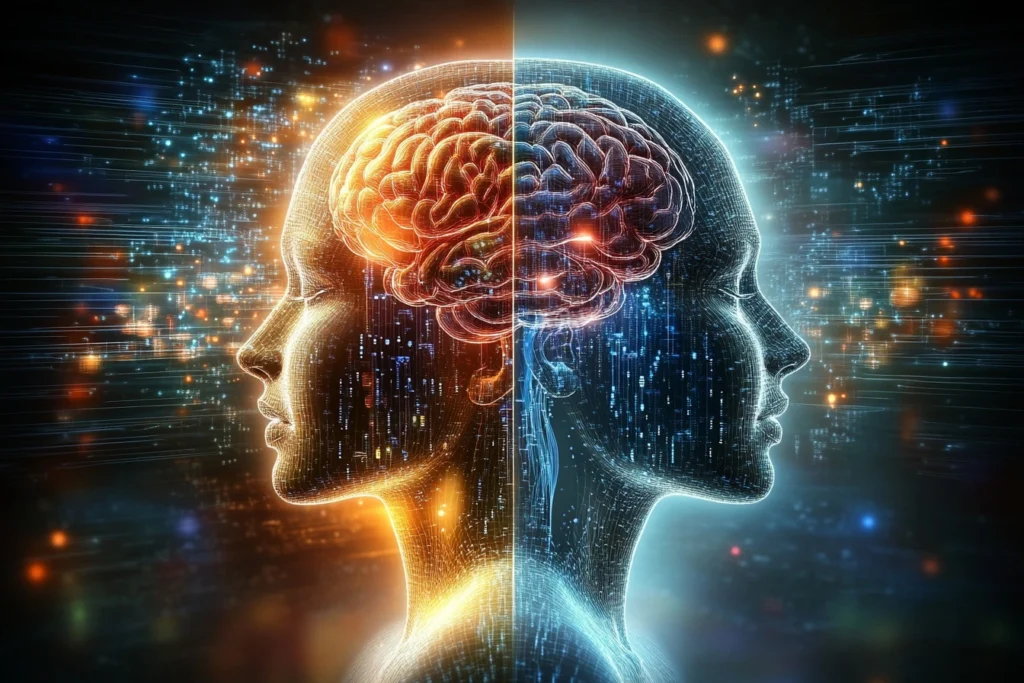Challenges in Teaching Creativity and Emotional Intelligence to AI
As artificial intelligence becomes more advanced, researchers are working out what sorts of humanlike behaviours can be built into machines. A particular area of interest in this has been the development of creativity and emotional intelligence into AI systems. Maintaining a reputation as some of the hardest tricks to teach AI, these are still those that OpenAI researcher Karina Nguyen claims.
Understanding Creativity in AI
The lack of creative Original: Creativity is defined as the ability to produce something new and valuable. Though AI has moved forward in creating art, writing and music even it can struggle to mimic creativity. AI is not human so instead of pulling from your well or life, love and cultural references — AI pulls data. But depending on algorithms and training data constrains how creatively, spontaneously or personally this company can innovate.
Real creativity, Nguyen argues, must mean not just orchestrating ready-made ideas but also thinking divergently — seeing possibilities that are concrete yet obscure. This level of creative thought is difficult, because it involves an understanding contextual appropriateness and emotional resonance as well social dynamics — things AI have a hard time grasping fully.
The Importance of Emotional Intelligence
But emotional intelligence is the ability to acknowledge, understand and deal with your own emotions as well as manage that of others. Crucial in human social interactions and relationships. While AI still struggles to replicate the human ability for empathy as well as compelling conversation and emotional overtures.
Although tech companies may use AI to review sentiment from text or the way something is spoken about, it will not have real emotional depth and understanding. AI endeared with a lack of personal experience and subjective feelings can therefore only feign emotional responses instead of really interacting emotionally.
Implications for the Future
Failure to enable AI understand these fundamentals of human-taught may have implications for every type of application, from customer service bots and conversational interfaces all the way through creative tools based on them. Creating systems like these not only enriches user experience but will also make users happy as they can interact more humanely.
As scientists get deeper into these issues, the question of how to imbue AI with creativity and emotional intelligence looms as one of its greatest challenges — though also perhaps one window by which it might be made possible. If we also understand the weakness of how artificial general intelligence is developed today, it can lead to more creative methods in order for a machine eventually might know and think like humans.
Conclusion
The path to full artistic and emotional capabilities for AI is a new one As Karina Nguyen of OpenAI put it, these properties not only hard to wire up and teach, but also a bit more metaphysical. Clearly we were challenging the true nature of creativity, and emotion. While we try to make smarter AI systems, it is important that the human in humans does not get lost along the way.



